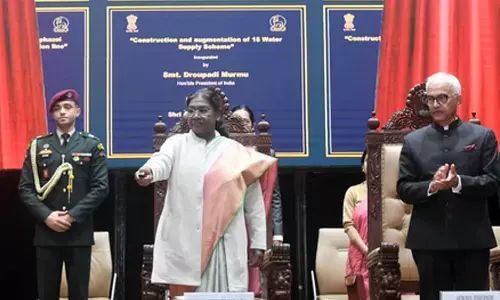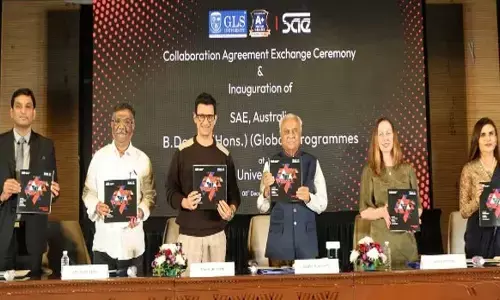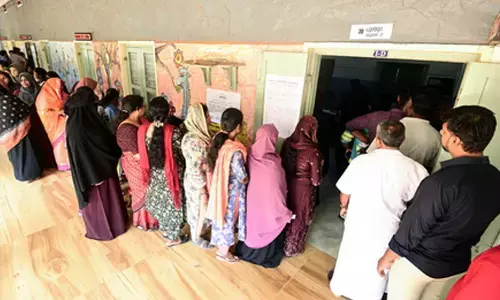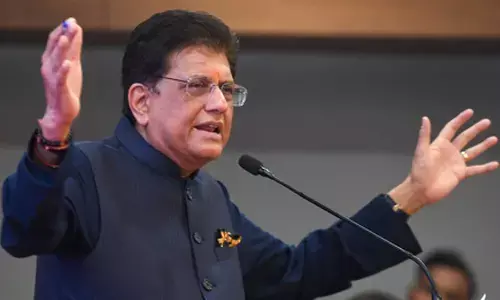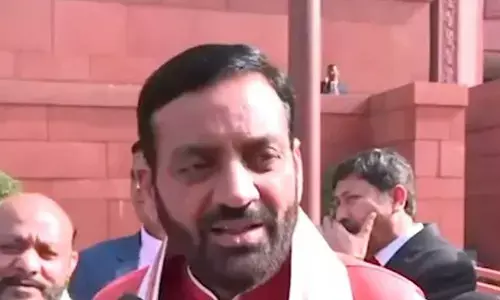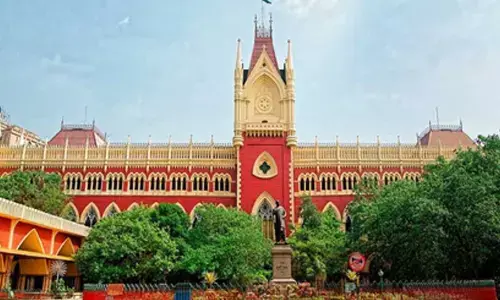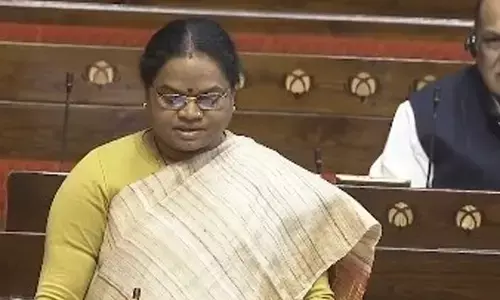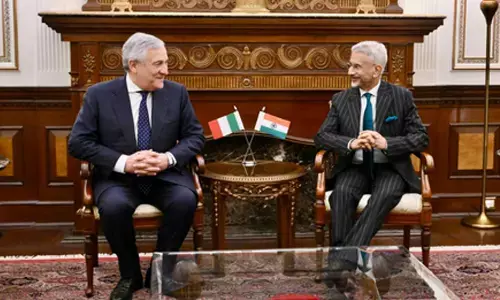Naraka Chaturdashi 2023: 5 Things to Keep in Mind While Lighting Diya for Lord Yama
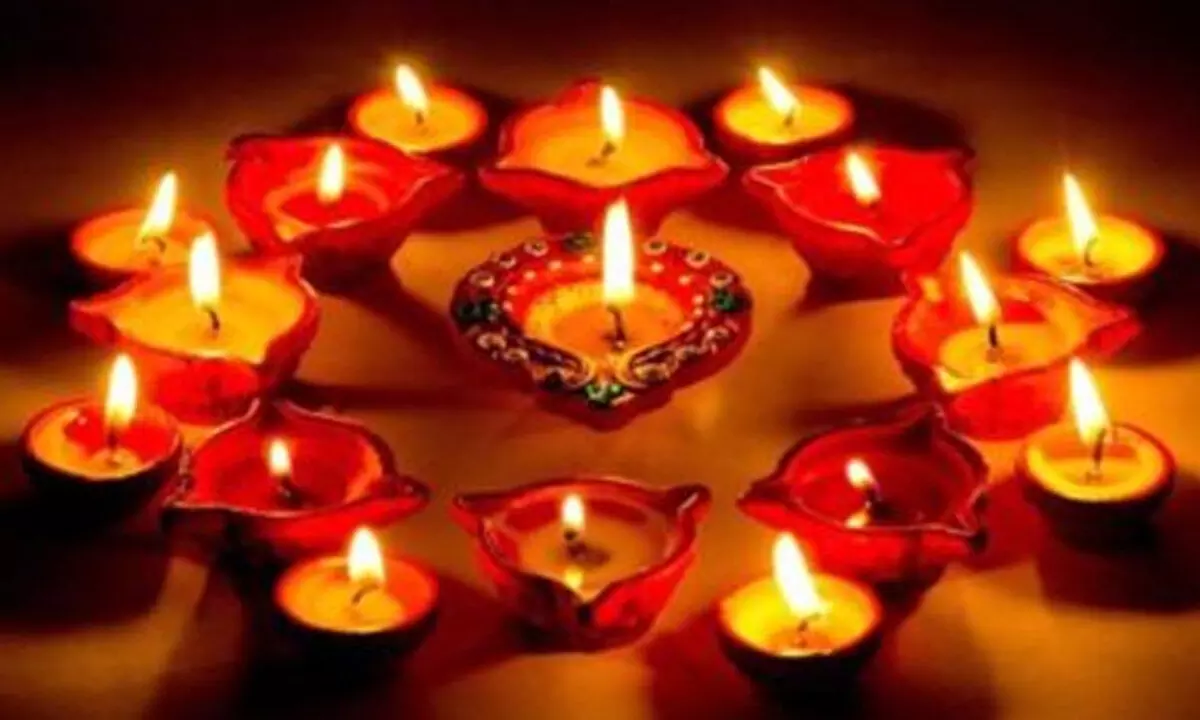
Naraka Chaturdashi is an important day during Diwali festivities and is also known as Choti Diwali, especially in the northern states of India
Naraka Chaturdashi is an important day during Diwali festivities and is also known as Choti Diwali, especially in the northern states of India. It is the second most important day of Diwali after the day of Lakshmi Puja. This year, Naraka Chaturdashi will be celebrated on November 11.
On this day an earthen lamp dedicated to Lord Yama, the god of the dead, is lit. According to beliefs, lighting this diya removes the fear of premature death. We list the following five things that should be kept in mind while lighting the earthen lamp for Lord Yama.
Lord Yama's diya is completely different from normal diyas and has four facets. It is made of flour instead of clay. In Naraka Chaturdashi, this four-faceted lamp should be lit with mustard oil. Let's take a look at the other five things that need to be remembered while lighting the four-facet diya.
1. This lamp should be lit on the Chaturdashi Tithi of the Krishna Paksha in the Kartik month.
2. Before lighting the clay lamp, you should bathe and wear clean clothes.
3. Only the eldest person in the house should light the lamp for Lord Yama.
4. The lamp should only be kept in the southernmost direction.
5. At night, the lamp of Lord Yama should be lit at the time of Pradosh Kal. The word Pradosh derives its meaning from Pradosham, which means removal of sins or removal of darkness.
Naraka Chaturdashi is celebrated on the day when Lord Krishna killed the demon Narakasura. According to the legends of Naraka Chaturdashi, Lord Krishna himself took an oil bath after killing the demon during Brahma Muhurat. Hence, the day to take a ritual oil bath before dawn is considered important. Naraka Chaturdashi is observed as Deepavali in the southern states of India, especially in Tamil Nadu and Karnataka. He is popularly known as Abhyang Snan in Maharashtra.








